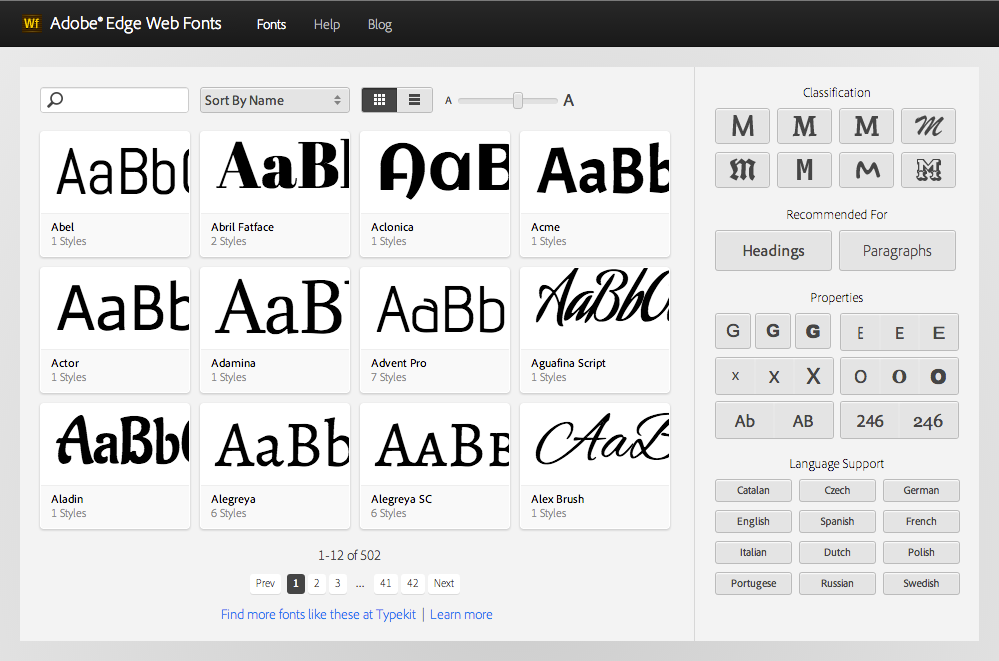

It can also convert a named-keyed font to a CID-keyed font. By using the same font more than once as a source with different mapping files, glyphs can be duplicated under other names. It can also be used to subset and change the glyph names in a font. This program will merge glyphs from one font into another, optionally copying a subset from the source fonts, and changing the names of the glyphs. More info on designspace files and interpolation systems can be found at and DesignSpaceDocument Specification. designspace file, and a set of compatible UFO masters. This script will generate UFO instances from a. designspace file and the output OTFs of buildmasterotfs to assemble a CFF2 variable font file. These OTF files represent the first step toward building a CFF2 variable font. designspace file with compatible UFO masters. This script uses makeotf to build OTF files from a. It will also build an OpenType/TTF font from a TrueType source font file. It also requires some other meta-data files. This program will build an OpenType/CFF font from a feature file that defines the OpenType layout rules, and overrides for default values, and a font file (Type 1 font, TrueType font, ‘detype1’ text version of a Type 1 font, or UFO font). Works with Type 1 and OpenType/CFF fonts only. It can be applied to both OpenType/CFF and Type 1 fonts. It is used by several AFDKO tools and is installed automatically via AFDKO’s project requirements. This program is the Adobe auto-hinter and lives in its own project repo. The tools fall into several different functional groups. All command line tools provide usage and help text with the options -u and -h. Once the AFDKO is installed, all the command line programs can be run by entering the command name in a Terminal window (OSX, Windows, Linux), along with the necessary option text. See the afdko home page for installation instructions. Note! Although the FDK directory tree contains a number of Python scripts, none of them can be used by double-clicking on them they can only be called by typing commands into a command line window. The AFDKO also contains useful technical documentation and some example font source material. These command line programs will allow you to build an OpenType font from an existing font, verify the contents of the font, and proof the font on screen or on paper. It does not offer tools for designing or editing glyphs. This release of the Adobe Font Development Kit for OpenType (AFDKO) contains a set of tools used to make OpenType fonts by adding the OpenType-specific data to a TrueType or Type1 font. Here’s a great article on why it’s important to keep your environment variables secret.Adobe Font Development Kit for OpenType (AFDKO) Overview Adobe Font Development Kit for OpenType (AFDKO) Overview 1.Check out the Using Google Fonts Gatsby recipe.Once it’s imported, you can reference the font name in a CSS stylesheet, CSS Module, or CSS-in-JS.Note: The weights and styles a font includes is shown in each package’s README file. If you wish to select a particular weight or style, you may specify it by changing the import path. It is recommended you import in your site’s gatsby-browser.js file. Then within your app entry file or site component, import the font package.
USING AN ADOBE FONT KIT INSTALL
Run npm install to install the necessary package files. If you have a different Google Font you want to use, you can find the corresponding package in NPM or the Fontsource Font Preview Website.


USING AN ADOBE FONT KIT HOW TO
This example shows how to install the Open Sans font. You can decrease your site’s loading time by self-hosting fonts, saving ~300 milliseconds on desktop to 1+ seconds on 3G connections.

Self-host Google Fonts with Fontsourceįontsource is a project to provide open source fonts from Google Fonts as NPM Packages. Next, add the typeface name to the appropriate font-family value in your CSS. In your plugin configuration, pass in the environment variable you created. Now you can add the gatsby-plugin-web-font-loader plugin to your gatsby-config.js file, located in your root directory. gitignore file so your ID doesn’t get committed!) For example, if your Adobe Fonts project ID is abcdefg, your. Then, create an environment variable to store your Adobe Fonts project ID. For example, this is how you can add Futura to your project.įirst, install the Gatsby plugin with npm: You can add Typekit Web Fonts to your project by using the gatsby-plugin-web-font-loader and your Adobe Fonts project id. It supports loading fonts from Google Fonts, Typekit,, and Fontdeck, as well as self-hosted web fonts. Gatsby-plugin-web-font-loader is a Gatsby plugin which makes it easy to add web fonts using the popular Web Font Loader library. Some examples of web font services include Google Fonts and Typekit Web Fonts. This guide uses the Gatsby default starter. This guide covers how to add fonts from web services to your Gatsby site.


 0 kommentar(er)
0 kommentar(er)
